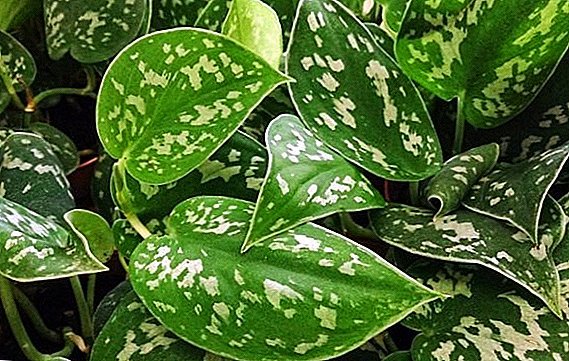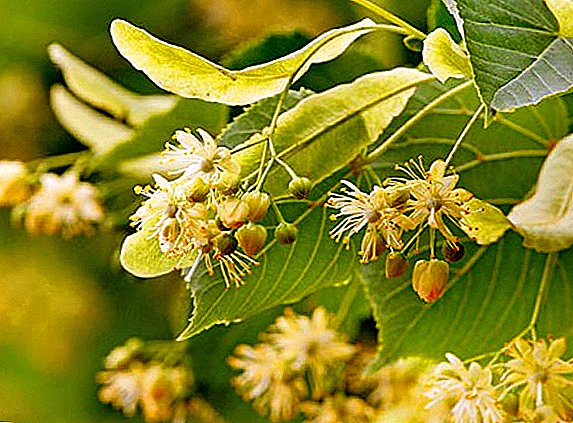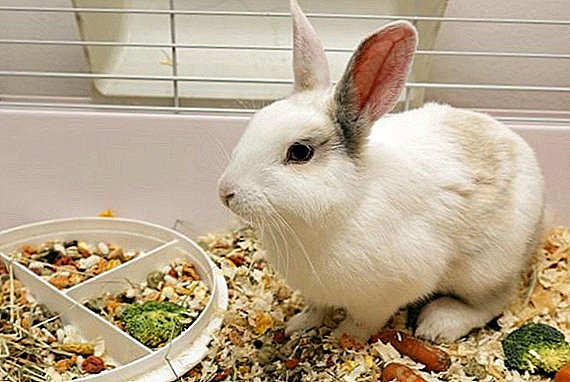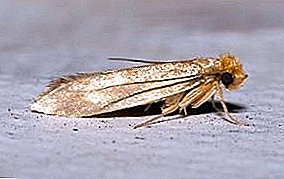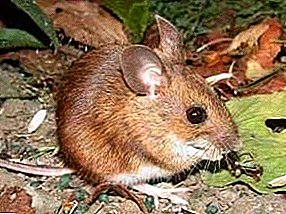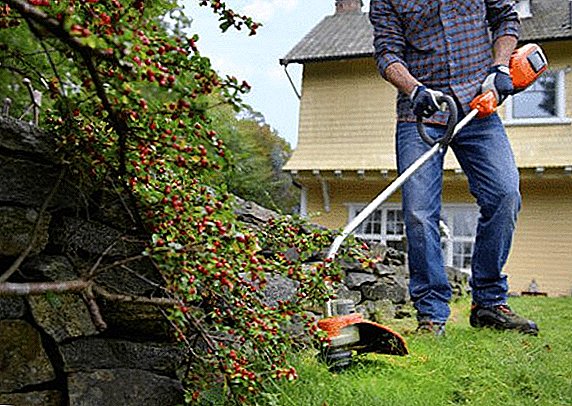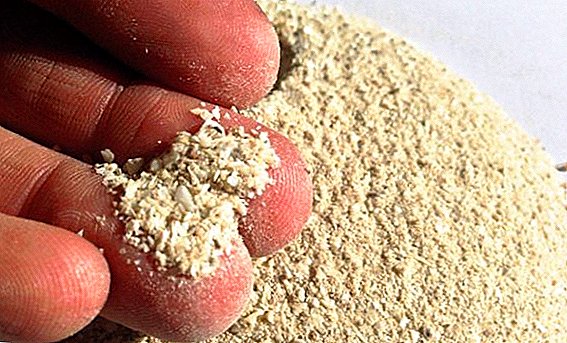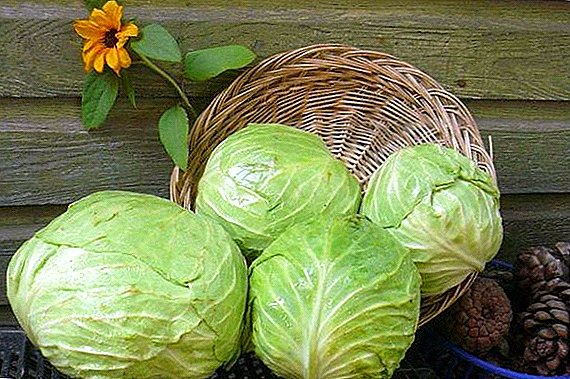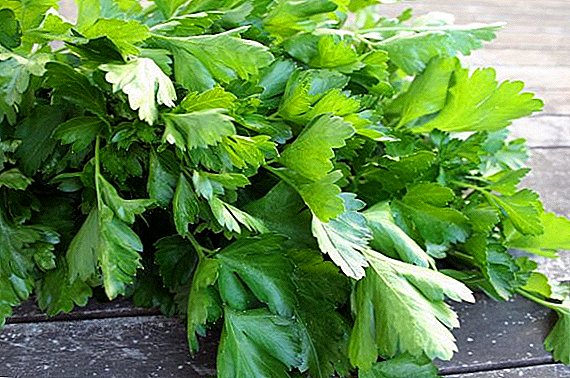 Today, probably, there is no such garden in which parsley would not grow. In parsley leaves and roots are equally useful. Both that and another is used in food, and also in the medical and cosmetic purposes. The best varieties of plants consider in the article.
Today, probably, there is no such garden in which parsley would not grow. In parsley leaves and roots are equally useful. Both that and another is used in food, and also in the medical and cosmetic purposes. The best varieties of plants consider in the article.
The best varieties of leaf parsley
 Parsley is a spicy herb of the umbrella family. The plant has a straight stem, branched, with many side shoots. The leaves are dark green, dissected, triangular in shape, their edges bordered with small cloves.
Parsley is a spicy herb of the umbrella family. The plant has a straight stem, branched, with many side shoots. The leaves are dark green, dissected, triangular in shape, their edges bordered with small cloves.
Parsley taproot grows from 30 cm and more, depending on the variety. The plant blooms with yellow-green small flowers, umbrella inflorescences, fruits - seeds. Parsley prefers to grow in lighted areas, fertile drained soils. The plant reproduces beautifully by self-sowing.
The name "leaf" speaks for itself: these varieties are grown for juicy greens, and the roots, despite being edible, are less soft and tasty than those of root varieties. Parsley grown on greens, divided into two types: curly and plain sheet, the best varieties will be considered further.
Important! It is advantageous to plant parsley near the berry crops: the scent of the plant scares off the slugs from strawberries and strawberries, and protects the grapes from phylloxera (a pest of the genus of aphids).
Bogatyr
 Bogatyr - shade-tolerant variety. It is well gaining deciduous mass, the harvest of which can be harvested several times per season. Leaves at a grade large and juicy, aroma steady, pronounced. The root of this variety is not suitable for food.
Bogatyr - shade-tolerant variety. It is well gaining deciduous mass, the harvest of which can be harvested several times per season. Leaves at a grade large and juicy, aroma steady, pronounced. The root of this variety is not suitable for food.
Bogatyr parsley variety is grown both in the open field and at home. Two months after sowing, parsley is usable. Up to three kilograms of green can be collected from a square meter of land.
Did you know? Catherine de Medici added parsley to food during loss of strength or in depressive states. Charlemagne loved hard cheese with the seeds of a plant. Guy Pliny believed that salads and sauces without parsley are tasteless.
Carnival
Variety of parsley "Carnival" gives the crop three months after sowing. The rosette is medium in size, the leaves are dissected with long petioles. The plant is perfect for growing in a temperate continental climate. After harvesting the first harvest quickly grows new leaves. For the season from the site you can collect up to five kilograms of green.
Curly
Parsley Curly is loved by many cooks for its ornamental leaves. Emerald curly leaves decorate various dishes. This variety has a delicate taste and a pleasant delicate aroma. Cut greens can stand in a glass of water, without turning yellow and not losing taste, for about a week.
Aster
 The variety is ideal for underwintering. Ripens to collect greens two months after planting. The magnificent rosette is half-raised, the leaves are large, with long petioles. With a square meter you can collect up to five kilograms of leaves.
The variety is ideal for underwintering. Ripens to collect greens two months after planting. The magnificent rosette is half-raised, the leaves are large, with long petioles. With a square meter you can collect up to five kilograms of leaves.
Fragrant
The variety is early ripening, it grows quickly after the first harvest. Differs in bright greens of leaves, sheet plates glossy. Very gentle taste and aroma, it is the most popular grade for the fresh use.
Esmeralda
Curly parsley medium ripening. Variety forms a small rosette of leaves with short petioles. After collecting greenery, new foliage grows quickly enough. Up to one and a half kilograms of greenery is collected from a square meter of land.
Bravo
Parsley leaf varieties "Bravo" has corrugated leaves, juicy green, fragrant. Foliage after cutting quickly restored. That allows you to collect several harvests per season.
Breeze
 Foliage varieties "Breeze" is ready for collection in 2.5 months after sowing. The variety has a high straight rosette up to 75 cm, the leaves are long after pruning, without losing color and taste.
Foliage varieties "Breeze" is ready for collection in 2.5 months after sowing. The variety has a high straight rosette up to 75 cm, the leaves are long after pruning, without losing color and taste.
One of the most saturated ascorbic acid varieties. Harvest from one square meter to 2.5 kg.
The most popular root parsley varieties
Parsley root, its best varieties also give greens, but often it is not necessary to cut it the root will get less nutrients and will be smaller.
The development of parsley forms a thick root in the shape of a cone or cylinder. Nutrients are directed more to the rhizome than to the deciduous mass, so the greens are hard and not as aromatic as those of leafy varieties.
Varieties of early ripe parsley are more suitable for drying or other preparations for the winter; late ripening varieties are suitable for long-term fresh storage.
Attention! It is not recommended to plant parsley near the site with plantings of lettuce (cabbage and sheet), pumpkin and zucchini, you can not plant after carrots.
Berlinia
 Berlinia - the best variety of curly parsley for early sowing.
Berlinia - the best variety of curly parsley for early sowing.
Crops are carried out in greenhouses, a week before planting in open ground seedlings are hardened by ventilation.
The variety is resistant to cold and drought. He is not afraid of frosts to -5 ° C.
Interesting! A very interesting attitude to parsley was among the ancient Greeks. Parsley was used both in funeral ceremonies and in award ceremonies: wreaths of parsley and laurel were awarded to winners of sports competitions. The Greeks believed that if you disrupt the stalks of a plant, while saying the name of the enemy, he would ingloriously and soon die.
Berlin root
What is the best parsley variety for a good crop of root vegetables? Experienced growers claim that the Berlin root parsley. The root diameter of this variety reaches 4 cm, length - up to 20 cm. The root is in the form of a cone, the flesh is sugar, not rigid, suitable for storage and preparations for the winter. During heat treatment, it smells delicious.
Eagle
 Grade "Eagle" - parsley for open ground. The variety has a high yield and excellent taste. It has a smooth white root stem weighing up to 130 grams.
Grade "Eagle" - parsley for open ground. The variety has a high yield and excellent taste. It has a smooth white root stem weighing up to 130 grams.
Root is beautifully stored, has a persistent rich aroma. The grade is unpretentious, has recommendations to cultivation not only on seasonal dachas, but also in farms.
Parsley is not just a tasty food supplement, but also useful. It is easy to prepare for the winter, which variety is best suited for this depends on what you like more.
Parsley root is suitable for food, the roots are used in traditional medicine. Sheet is used as a seasoning and is popular in cosmetology.


